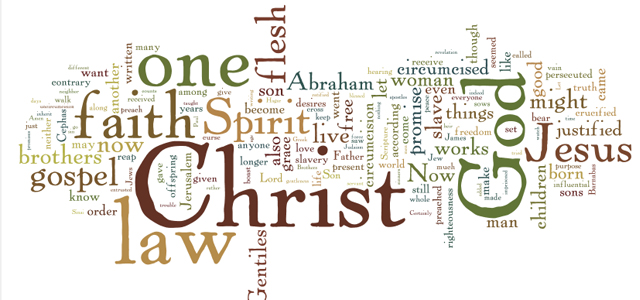“If I make my bed in Sheol, you are there.” (Ps 139:8) The message of the Bible is that death is not the end. Death does not defeat God’s promise. Death is not separation from God. In Christ, God has dwelt among the dead.
Several of the New Testament witnesses describe Jesus’ death as a descent into the world of the dead. “When he ascended on high he made captivity itself a captive”, after having first “descended into the lower parts of the earth”. (Eph 4:8-9) He “went and made a proclamation to the spirits in prison”, and then went “into heaven and is at the right hand of God”. (1 Pet 3:18-22) The dead are not lost forever. They are not condemned to silence. In Christ, “the dead will hear the voice of the Son of God, and those who hear will live.” (John 5:25)
Eastern Orthodox iconography is especially attentive to this aspect of the Christian hope. The icon of the resurrection portrays a glorified Christ standing over the broken doors of hell. Beneath his feet, the chains and locks that have held the dead are all broken. An old man and an old woman are depicted on either side of Christ. They are Adam and Eve. Christ has seized them by the wrists and raised them up from the shadowy underworld. The resurrection is not just an isolated miracle that happens to Jesus. It is something that happens to us – to Adam and Eve, to the whole human family. As Christ rises, the whole of humanity rises with him.
In the early Church, the message of Christ’s triumph over death produced some very strange attitudes towards the dead. Believers would assemble for prayer in tombs. When one of them was martyred by the Roman State, the believers would raise the body in the air and parade it through the streets like a trophy. Greek and Roman neighbours were shocked by such behaviour. But Christians placed the dead right at the centre of their public gatherings. The earliest church buildings were really just large mausoleums erected over the remains of the martyrs.
Where others see only defeat or contamination, Christ’s followers see a paradoxical victory. Where others see only darkness and despair, Christ’s followers see broken gates. Where others see only an end, Christ’s followers see new beginnings. Death is serious: but not as serious as life. It has been placed in a wider context of meaning. We bury our dead under the sign of the cross. We lay our bones to rest in silent witness to the resurrection of the body.
Death is still dangerous, but it is not a wild beast. Christ has domesticated it. He has it on a leash. It is dangerous to us, but not to him – and he is with us. “We still die,” said Athanasius in the fourth century, “but not as those who are condemned.”
By nature we are all on the way from birth to death. But by grace we are journeying in the opposite direction. The Christian life is a mystery that moves from death to birth. At the beginning of the Christian life we are baptised into Christ’s death; and at the end we are born into the life of the resurrection. We are born as though dying; we die as those who are being born. “Where, O death, is your victory? Where, O death is your sting?” (1 Cor 15:55)
Ben Myers is Lecturer in Systematic Theology at United Theological College














